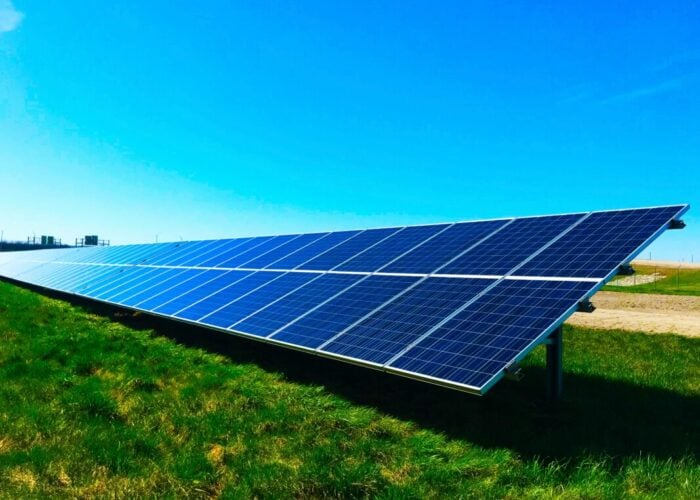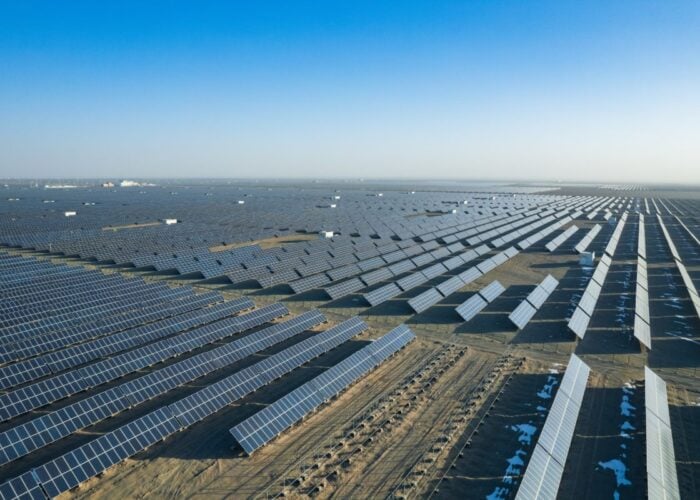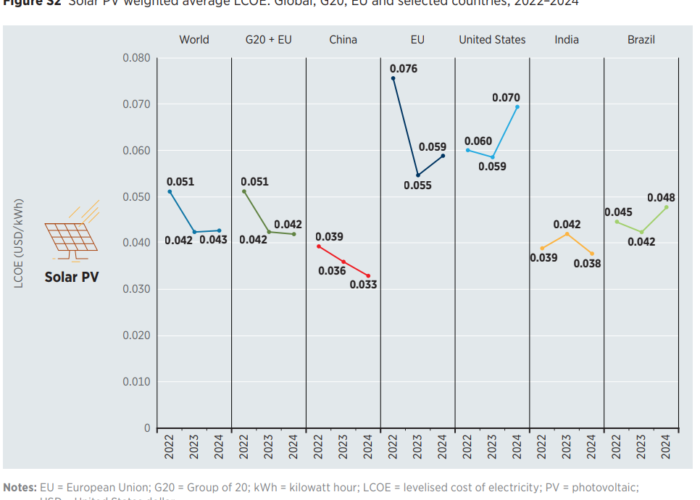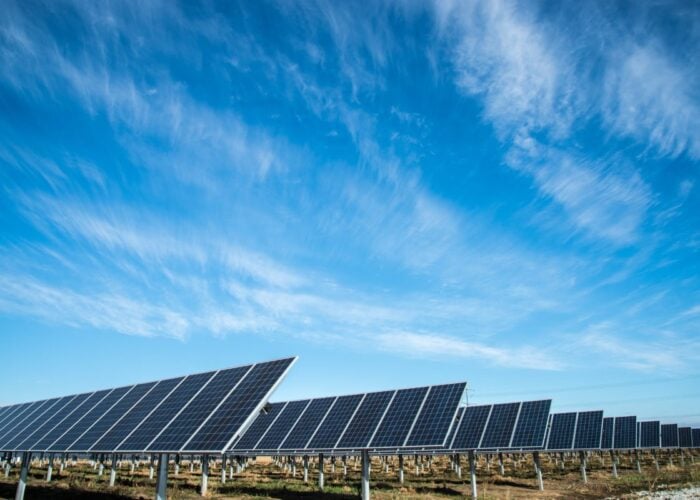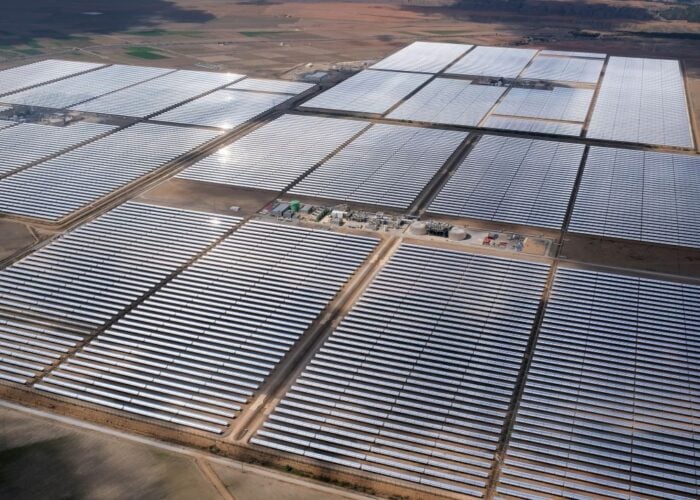
New solar and wind assets in the US are now cheaper to operate than nearly 80% of existing coal-fired generators in the country and could replace the asset class while delivering numerous benefits to consumers, a report has found.
The ‘Coal Cost Crossover 2.0’ report, published by thinktank Energy Innovation, provides an update on the previous version of the report published in 2018, using new datasets to produce new Levelised Cost of Electricity (LCOE) figures for solar, wind and coal.
Try Premium for just $1
- Full premium access for the first month at only $1
- Converts to an annual rate after 30 days unless cancelled
- Cancel anytime during the trial period
Premium Benefits
- Expert industry analysis and interviews
- Digital access to PV Tech Power journal
- Exclusive event discounts
Or get the full Premium subscription right away
Or continue reading this article for free
For solar, Energy Innovation has produced LCOE projections using data from the US National Renewable Energy Laboratory’s (NREL) Regional Energy Deployment System model, which itself utilises datasets that vary based on regionality and irradiance.
Using that data, Energy Innovation has determined the LCOE of utility-scale solar in the US to fall in the region of US$25.80 – US$42.22/MWh, with an average cost of generation of US$33.96/MWh. While the LCOE of wind generation varies more widely, its average LCOE in the US is not too dissimilar at US$36.49/MWh, albeit more expensive than utility-scale PV.
Using those costs in comparison with the costs of operating various coal facilities in the US, the report concludes that of 239GW of the coal-fired generation capacity online in the US in 2019, around 166GW – roughly 77% – is either uneconomical compared to wind or solar, or slated for retirement by 2025.
Out of a total of 235 operational facilities that make up the US coal fleet, just 53 remain cheaper to run than the all-in cost of new build solar and wind.
The full report, including detailed analysis of its data inputs and methodology, can be read here.
The report concludes by suggesting that policy makers should “seize the opportunity” presented by the rapid decline in the cost of new build renewables projects and enact on policy that is informed by new economics.
“Policies informed by cost analysis of coal and renewables and focused on competitive procurement and coal asset securitisation can enable a transition that more effectively balances utility, consumer, environmental, equity, and community interests. Immense savings are available across the country, with ample opportunities to reinvest regionally in replacement clean energy portfolios,” the report reads.
Among the policy recommendations outlined in the report are the suggestion that state legislators authorise public utilities commissions (PUCs) to use ratepayer-backed securitisation to reduce the costs of retiring uneconomical coal facilities that are passed onto consumers, include provisions for these generators to be replaced with portfolios of renewables assets and set aside funding for energy transitions in the community.
PUCs, meanwhile, are urged to require assessments of the economics behind early coal retirement as part of wider system planning, and request that utilities undertake more holistic approaches to power procurement, stating that all power resources be allowed to compete in technology-neutral procurement processes.
The results of the study come amidst a major shift in energy policy in the US, driven by the Biden administration and its efforts to decarbonise the country’s economy in line with a target of removing emissions entirely by 2050. Late last month President Joe Biden established a target to at least halve emissions by 2030, while a clean energy standard has also been proposed as a means of decarbonising the country’s power system as a matter of urgency.

